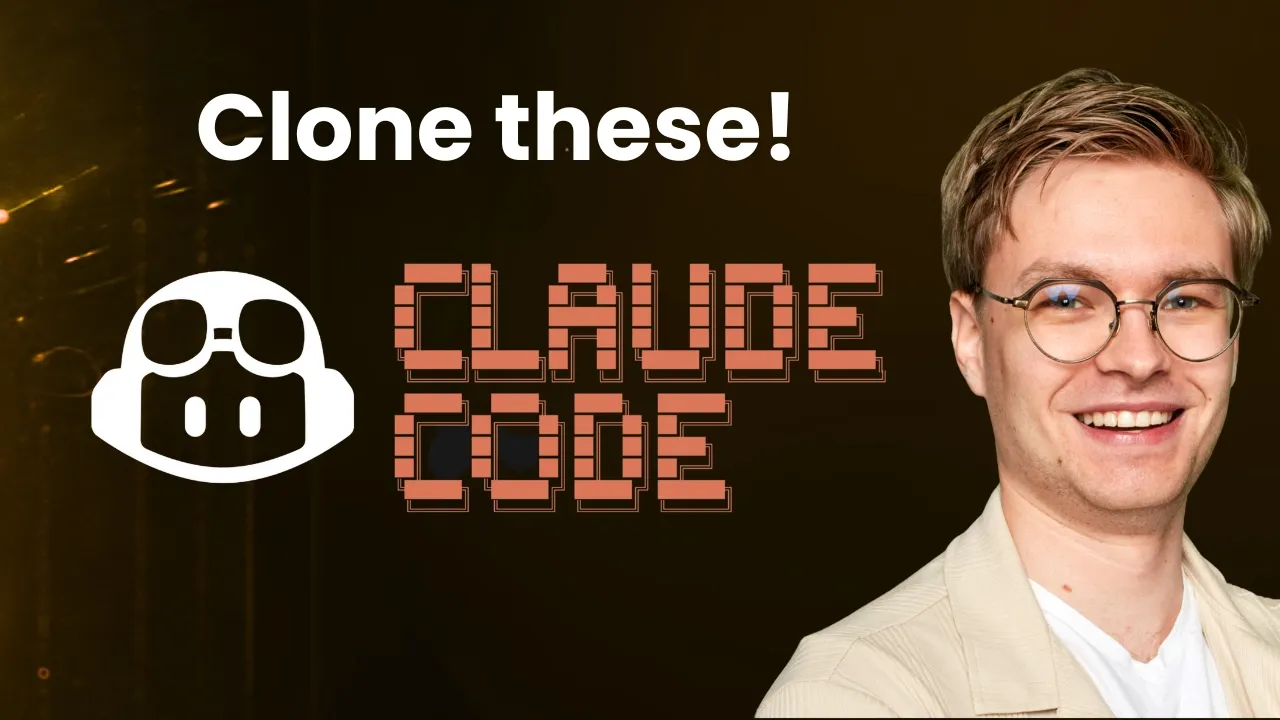Claude Code Tutorial Complete Programming Guide
Claude Code has emerged as a powerful AI programming assistant that transforms how developers write, understand, and debug code. After using Claude Code extensively in production environments, I’ve discovered specific techniques that elevate it from a simple coding tool to an indispensable development partner that accelerates productivity while maintaining code quality. This approach reflects the broader trend of AI engineering focusing on practical implementation rather than theoretical understanding.
Getting Started with Claude Code
Setting up Claude Code properly determines whether you’ll experience frustration or flow. Begin by understanding that Claude Code differs from traditional autocomplete tools. It offers deep contextual understanding of your entire codebase, making it particularly powerful for complex development tasks that require reasoning across multiple files.
The key to effective Claude Code usage lies in understanding its conversational nature. Unlike tools that simply suggest the next line, Claude Code can discuss architecture decisions, explain complex implementations, and help you reason through difficult problems. This makes it invaluable for both learning and professional development.
Essential Claude Code Commands
Claude Code’s command system provides powerful ways to interact with your codebase. The most fundamental skill is learning to provide clear, contextual prompts. Instead of asking vague questions, reference specific files, functions, or patterns you want to work with.
When debugging, Claude Code excels at analyzing error messages in context. Share the error along with relevant code sections, and Claude can often identify not just the immediate issue but underlying architectural problems that might cause future bugs. This comprehensive analysis saves hours of debugging time.
Claude Code for Complex Refactoring
Where Claude Code truly shines is in complex refactoring tasks. When you need to restructure code across multiple files, Claude can help you understand dependencies, suggest migration strategies, and even generate the refactored code. This capability transforms daunting refactoring projects into manageable tasks.
The key is breaking down large refactoring tasks into smaller, verifiable steps. Use Claude Code to analyze the current structure, propose improvements, and implement changes incrementally. This approach ensures you maintain working code throughout the refactoring process.
Building Production Code with Claude
Creating production-quality code with Claude Code requires understanding its strengths and limitations. Claude excels at implementing well-defined patterns and following established conventions in your codebase. It can generate boilerplate code, implement standard algorithms, and create comprehensive test suites. This capability becomes particularly valuable when building production-ready AI applications where code quality and maintainability are paramount.
However, the real value comes from using Claude Code as a collaborative partner. Describe your requirements clearly, review generated code carefully, and iterate on implementations. This collaborative approach produces better code than either human or AI could create alone.
Claude Code Best Practices
Effective Claude Code usage follows specific patterns. Always provide sufficient context about your project structure and coding standards. Reference existing code patterns you want to follow. Be explicit about requirements like error handling, performance considerations, and security constraints.
Avoid treating Claude Code as a black box that magically produces perfect code. Instead, engage in dialogue about trade-offs, ask for explanations of suggested approaches, and use Claude to explore different implementation strategies before committing to one.
Advanced Claude Code Techniques
Power users leverage Claude Code for more than basic coding tasks. Use it to analyze code complexity, identify potential bugs before they manifest, and suggest architectural improvements. Claude can review your code for consistency, suggest performance optimizations, and help maintain coding standards across large projects.
The multi-file awareness makes Claude Code particularly powerful for understanding how changes propagate through a system. Before making significant modifications, ask Claude to analyze potential impacts across your codebase. This proactive approach prevents cascading issues.
Claude Code vs Other AI Assistants
Understanding Claude Code’s unique position helps you use it effectively. Unlike inline suggestion tools, Claude offers deep conversational assistance. Unlike general-purpose AI chat interfaces, Claude Code understands programming context deeply. This combination makes it ideal for complex development tasks requiring both breadth and depth.
Choose Claude Code when you need to understand existing systems, implement complex features, or explore different architectural approaches. Its ability to maintain context across long conversations makes it particularly valuable for extended development sessions.
Common Claude Code Pitfalls
The biggest mistake developers make is over-relying on Claude Code without understanding the generated code. Always review suggestions carefully, especially for security-critical operations. Claude generates syntactically correct code, but you must ensure it aligns with your specific requirements and constraints. This principle aligns with AI prompt engineering patterns for production systems that emphasize validation and understanding over automation.
Another common error is providing insufficient context. Claude Code performs optimally when it understands your project structure, dependencies, and coding conventions. Take time to establish this context at the beginning of conversations for better results throughout your session.
To see Claude Code in action with real programming examples and advanced workflows, watch the full video tutorial on YouTube. I demonstrate practical techniques for leveraging Claude Code in production development. Ready to transform your programming workflow with AI? Join the AI Engineering community where developers share advanced Claude Code strategies and collaborative coding techniques.

